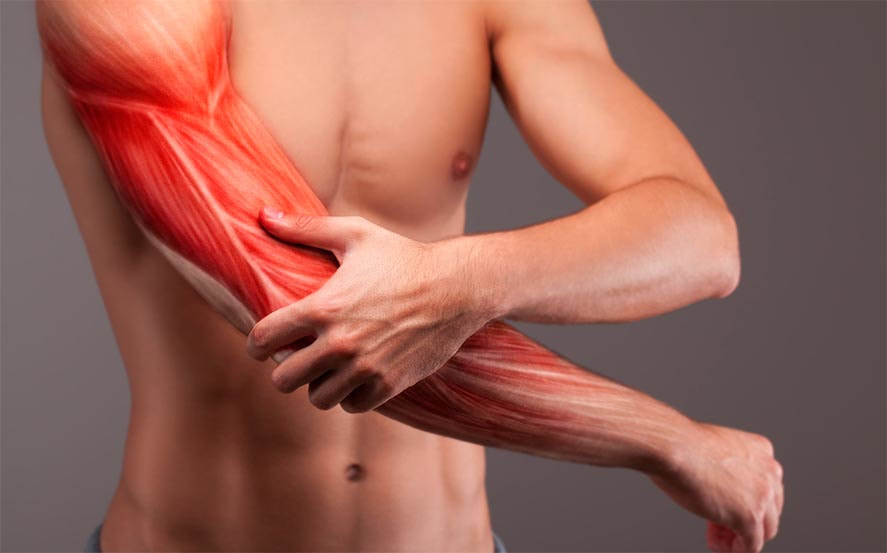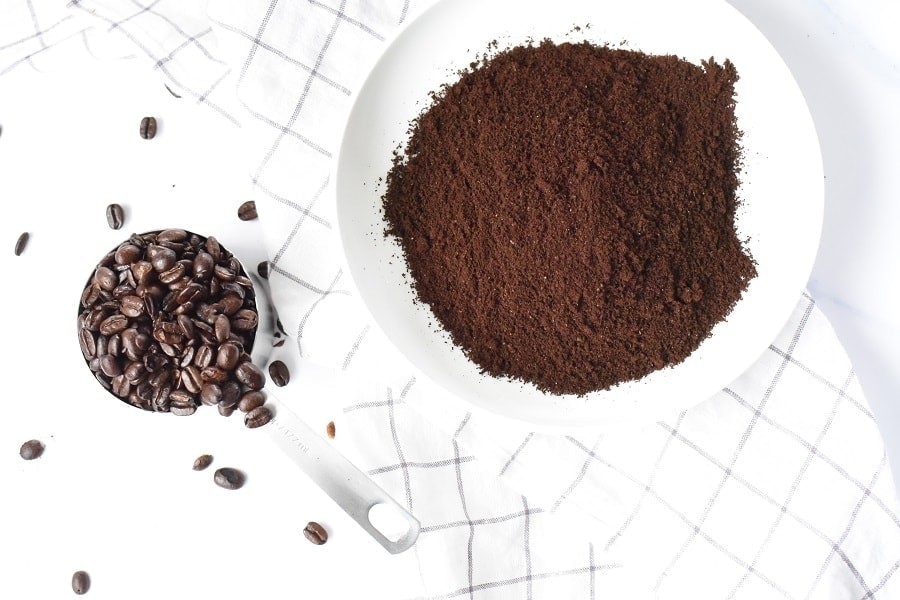You frequently hear stories about Olympic or professional athletes who bravely struggle through pain or injury to win. It’s not uncommon to hear of a typical marathon runner gritting their teeth through pain to cross the finish line. It happens without a doubt, but should you truly push through the pain during exercise?
Distinguishing Soreness from Pain
Soreness during strenuous activity is almost unavoidable, especially if you haven’t exercised in a while or have lately upped the intensity of your routine. This aching or uncomfortable sensation is caused by micro-tears or moderate inflammation in your muscles or tendons, which is normal. While you’re sleeping, the muscle repairs the tears and helps the muscle grow in size and strength.
You may even believe that your ache does not occur until hours or days later. This is known as Delay Onset Muscle Soreness (DOMS), and it usually begins 24 hours after the activity and lasts no more than seven days.
It is safe to exercise if you are suffering soreness, and physical activity may actually help relieve the pain. However, soreness that lasts more than a week is not typical and should be discuss with your primary care physician.
“If you begin to experience chest pain or shortness of breath while working out, stop immediately and contact your doctor,” she advises. “Also look for extreme soreness, tight/hard muscles, numbness, tingling, and dark-colored urine.” These symptoms could be caused by muscular breakdown or a rare illness known as rhabdomyolysis, which requires a trip to the emergency department!”
While having sore muscles is normal, having discomfort is not. Pain denotes injury; it is our bodies’ way of alerting us that something is wrong. Overuse or too much stress on a muscle or tendon can cause pain during or after activity. Muscle strain occurs as a result of repeat use or a single occurrence of overloading a muscle or tendon.
“Pushing through sharp, acute pain may be doing more harm than good, removing the initial benefit of exercise.”If your stiffness turns into pain or pushes you beyond your comfort zone, it’s time to back off. Also, if discomfort begins to influence how you complete the workout or prompts you to adjust the action to compensate for the pain, you are doing far too much!”
Overtraining symptoms include:
Fatigue Depression
Disruptions in sleep
Sickness has increase.
Unresolve muscular ache
If you are experiencing any of these symptoms, it is important to consult with your doctor about developing a balance exercise and nutrition plan.
Take a Rest
If you’re in pain, the greatest thing you can do is relax and let your muscles and tendons to recover. You can use ice to treat acute swelling or injury, and you can apply heat to the affecte area for up to 72 hours after an injury.
She also recommends foam rolling, yoga, and massage to assist activate the muscle and promote blood flow. To relieve moderate soreness or pain, you can also use topicals, anti-inflammatories, or a transcutaneous electrical nerve stimulation (TENS) unit.
If the discomfort persists after two weeks of rest, ice, and activity modification, consult your doctor. If you’re in severe pain, especially if it’s accompanied by swelling, it’s best to seek help as quickly as possible.
Prevention
The greatest approach to avoid damage and suffering is to begin your workout slowly. It has been found that performing dynamic stretches rather than static stretches reduces muscular tension more effectively. Unlike traditional stretching, dynamic stretching is base on movement rather than holding a stance.
Try a walking lunge with a twist, for example, instead of a regular lunge. Start with a standard lunge, then twist your torso toward the front thigh. Return to your feet and step out into a lunge on the opposite side, rotating your chest toward that leg.
When your muscles are already warm, traditional stretching and foam rolling can be incorporate at the end of a workout.
If you feel any pain, take a step back. It is preferable to quit or adjust an exercise rather than risk further harm.
“When beginning a new exercise routine, go slowly. Don’t expect to see results overnight.” Small steps in the proper direction can lead you to your destination safely and hopefully without damage!
Tapaday 200 Tablet is an adult pain reliever that is use to treat moderate to severe acute pain. It is use to cure a variety of ailments, including headaches, fevers, period discomfort, toothaches, and colds. It efficiently relieves pain when other treatments fail to do so.
You should take it on a regular basis, as direct by your doctor. It is safe to take with or without food.
This medication’s most common side effects are nausea, dizziness, vomiting, and tiredness. If any of these adverse effects annoy you or do not disappear, consult your doctor. Your doctor may be able to assist you in reducing or preventing these symptoms by providing an alternate medication or modifying the dose.
The medication may not be appropriate for everyone. Inform your doctor if you have any heart, kidney, or liver problems before taking it. You should avoid drinking alcohol while taking this medication. Inform your doctor about all other medications you are taking, since they may impact or be affected by this medication. Before using this medication, pregnant or breastfeeding women should see their doctors.




